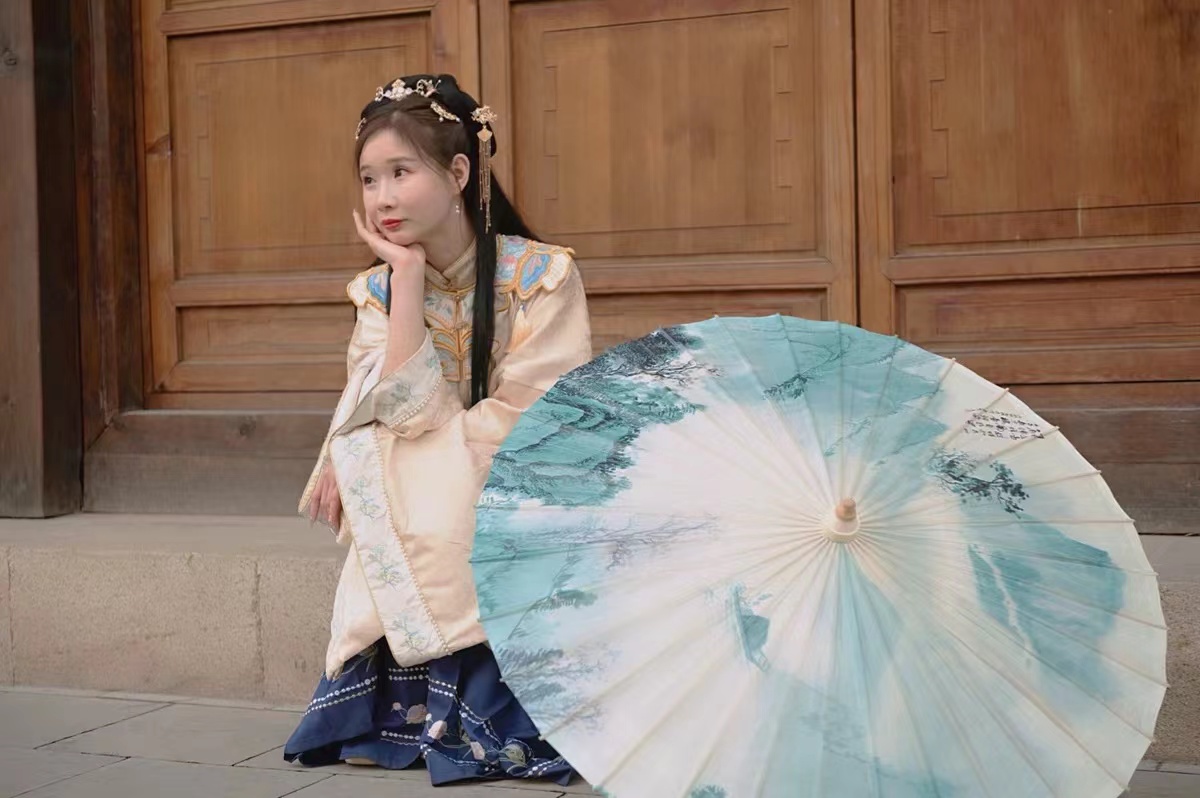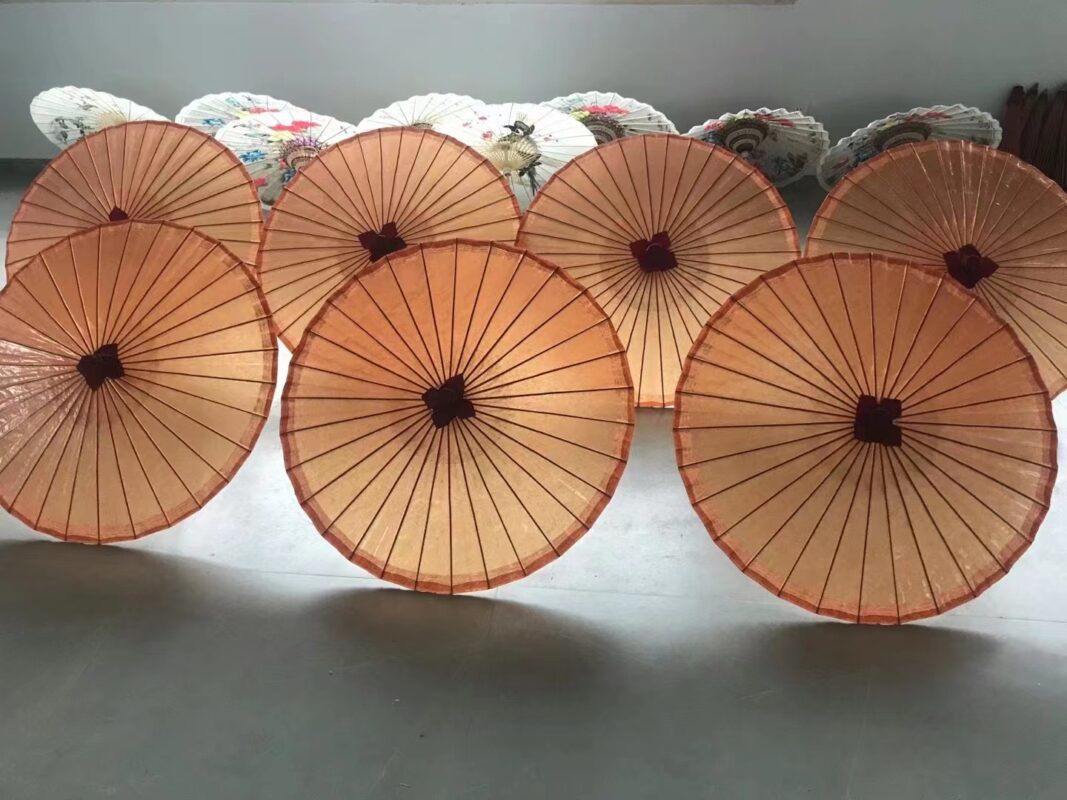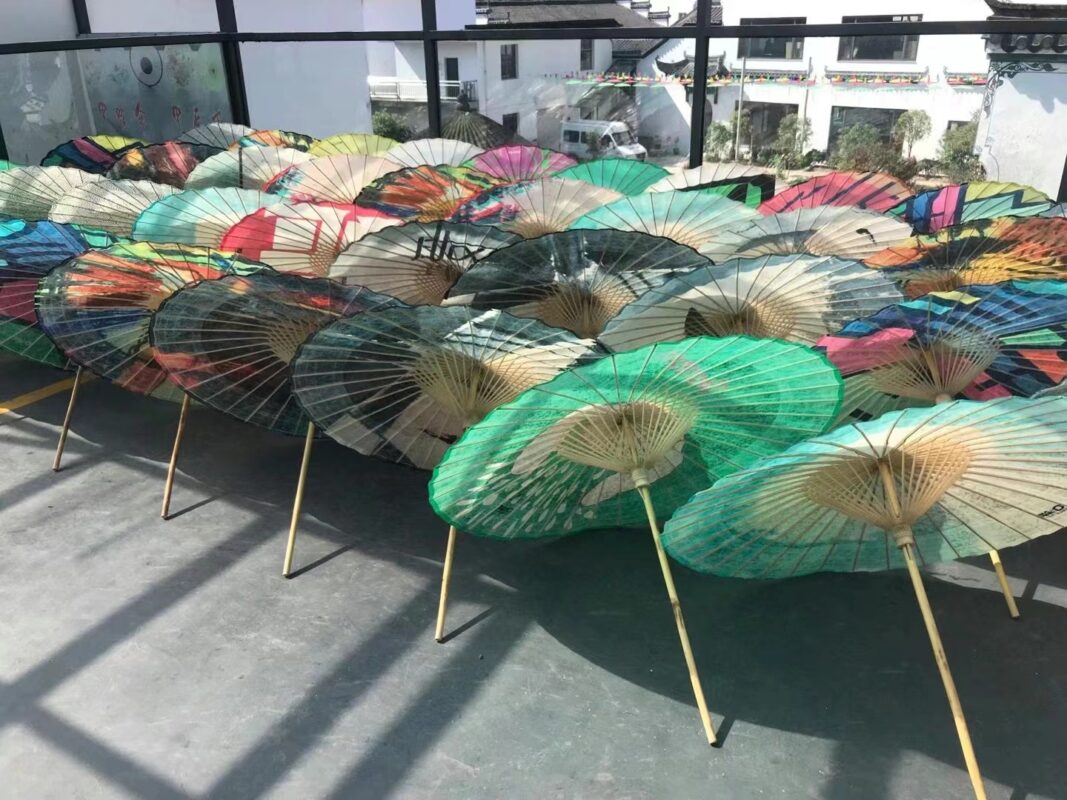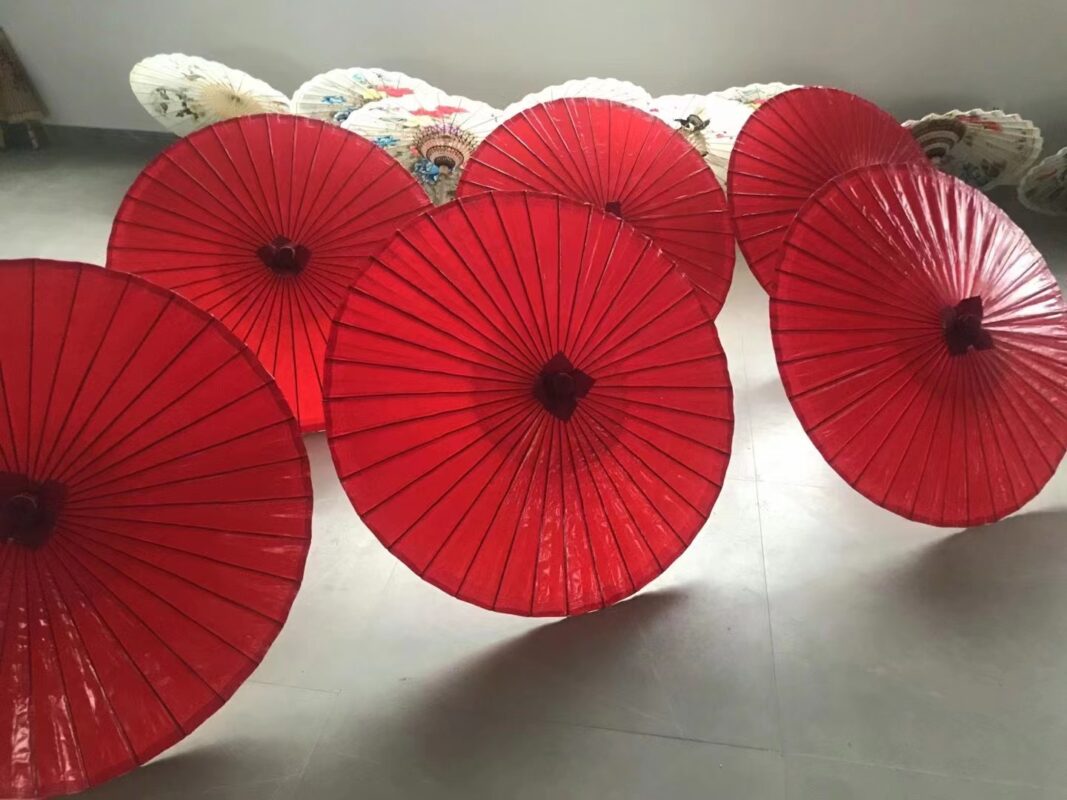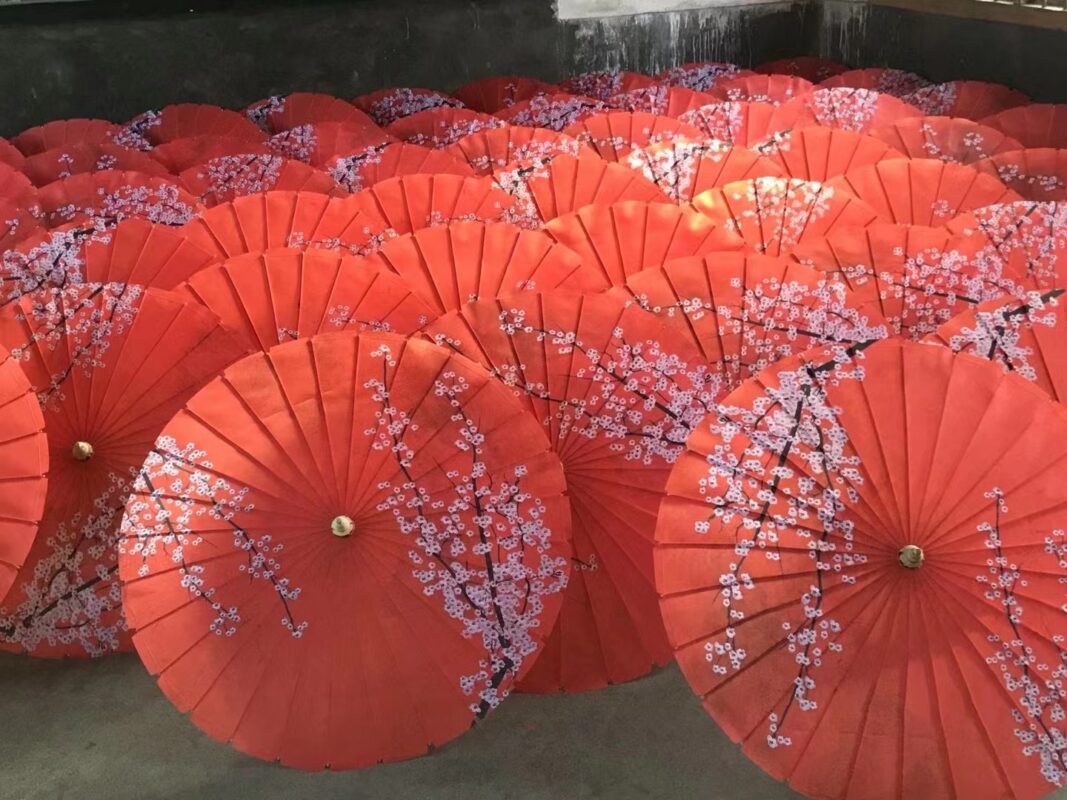Blog
Variations on the Asian Nylon parasol pattern
Variations on the Asian Nylon parasol pattern
Xia, Shang and Zhou periods
The highest level of pattern development during the Xia, Shang and Zhou periods is mainly reflected in the bronze field, where the nylon parasol pattern is diverse, surprisingly well constructed and organized, with a strong sense of religion and mystery, and where both realism and abstraction coexist, and where the imperial colours are mainly highlighted, such as the Leiwen mirror (Spring and Autumn and Warring States Records), the main embodiment of Leiwen, and the Taotie pattern, the most representative of this period. The main embodiment of the Lei script and the Taotie motifs are the most representative of the period. The use of the Leiwen and Taotie motifs on nylon parasols is particularly serious, as they are characterised by their condensed, heavy, solemn and mythical nature. The pattern of the nylon parasols of the Zhou dynasty is more simple than that of the Xia dynasty. The main motifs of this period are chevrons, clouds, triangles and animal prints, and the clouds are also auspicious and have been adopted by modern designs.
Spring, Autumn and Warring States period
It has been suggested that the nylon parasol motifs of the Spring and Autumn and Warring States periods are more akin to the positive side rates of ancient Egypt. Here the motifs are more abstract and mainly record the history and stories of the period. Most of the motifs of this period were used in conjunction with ritual and ceremonial texts. Not only have the monsters and animals of the Xia and Shang periods been abandoned, but there has also been a shift from the original bird and animal motifs and geometric motifs to more realistic motifs. If the motifs of this period are used on nylon parasols or in everyday life, it is mostly to reflect real life. It would have been nice to have an umbrella around to tell the story of everyday life. The main motifs of this period are the battle pattern, the small geometric pattern and the Jinhan pagoda pattern.
Qin and Han dynasties
The nylon parasol patterns of the Qin and Han dynasties changed dramatically, from the simplicity of the Qin and Han dynasties to the simplicity of the Xia and Shang dynasties, and became more compact and exaggerated. The dragon and phoenix motifs are more lifelike, with flora and fauna. The predominantly circular structure also makes it easier to use on the umbrella. The nylon parasol pattern is rich in colour. The dragons and phoenixes are magnificent and noble. In everyday life, this pattern gives a sense of elegance and grandeur. The use of this pattern on a finely crafted oil paper umbrella is an excellent example of prestige. This is an effect that cannot be achieved with some of the current nylon umbrellas. For example, the flowing clouds of the Qin and Han dynasties, the four gods, inscriptions and so on. The pattern is a reflection of the period. This pattern is a reflection of the art of the ancient Chinese people.
Sui and Tang dynasties
The patterns of nylon parasols from the Sui and Tang dynasties are predominantly a combination of flowers and symmetrical patterns, which can be used directly on the parasol without any integration or redesign, giving it a magnificent appearance. This is why nylon parasol motifs from the Sui and Tang dynasties are used extensively in many garment designs. The use of nylon parasol motifs from this period is a combination of feminine and feminine beauty, as well as the magnificence of the motifs themselves. Due to the relative economic stability of the period, the use of nylon parasols in the Sui and Tang dynasties was a major factor. The high level of cultural prosperity and cultural exchange during this period led to the greatest development of the pattern in history. The Tang dynasty also saw the replacement of animal prints with floral prints.
Ming and Qing Dynasties
The Ming and Qing dynasties, this is also the period when classical Chinese history came to an end. The nylon parasol motifs of this period combine the characteristics of the former and the latter. It is no longer confined to symmetry and circularity. The use of plants, flowers and other elements became more elaborate and decorative. It can be said that the patterns used on the umbrellas of this period give a sense of triviality without losing their ornate character. As the nylon parasol patterns of this period are very colourful, it is important to take into account how the colours harmonise with each other. Otherwise, it is easy to create a hodgepodge of colours in the process. The auspicious and cloud motifs of this period are also well established in modern times, and some of the royal motifs are now used in the decoration of nylon parasols in some high-end clubs.
concluding remarks
Having summarised and collated the traditional Chinese patterns above, we can marvel at the ingenuity and wisdom of the world. There are several patterns of nylon parasols that are unique to ancient China. They all have different representations and meanings. The auspicious pattern, the ruyi pattern, etc. These patterns are all characterised by flat elements. It can be said that most of them are in the form of elaborate patterns and quadratic and cubic continuations of a particular pattern. The patterns are very symbiotic, so that they are presented on a circular platform and have a strong impact. Alternatively, the nylon parasol can be removed from the rain. The nylon parasol can then be embroidered by hand to create a magnificent piece of art. Because of the structure of the nylon parasol bones, it is important to pay attention to structural unity when extracting the motifs. For example, the use of floral motifs from the Sui and Tang dynasties should be accompanied by a connection at the umbrella bone. The unity of the pattern on each flap allows the whole to form a charm. However, the colour variation is not given to each petal in a different colour. Instead, the colour changes from the outermost edge of the circle inwards. This creates an optical illusion. When you look at these patterns, the traditional Chinese pattern is a reflection of the essence of Chinese culture, which has been developed over thousands of years due to the special adaptability of the human eye, creating the illusion of vision and thus the wisdom of the Chinese people, the crystallisation of the wisdom of the working people. The oil paper umbrella also serves as a variety of fluctuations. Lifelike can also be described as such.

